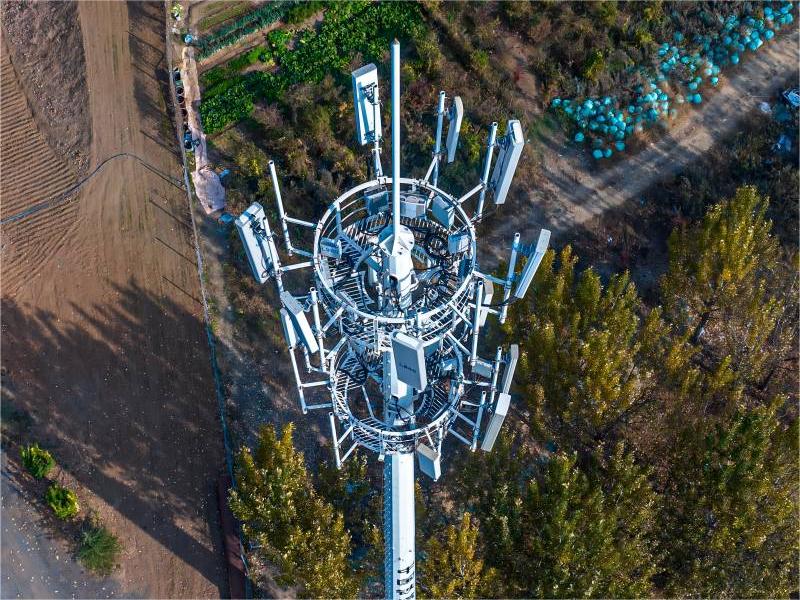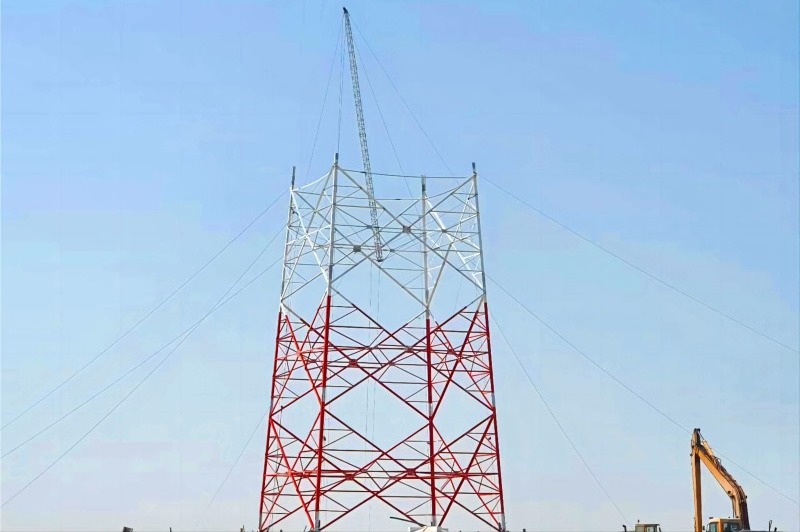صعود أبراج الاحتكار: هل يمكنها أن تحل محل أبراج الفولاذ الزاوية التقليدية؟
في عالم البنية التحتية للاتصالات سريع التطور، اشتد الجدل حول تصميم الأبراج. هناك لاعبان مهيمنان -أبراج فولاذية زاوية و أبراج أحادية القطبغالبًا ما تتنافس هذه الأبراج مع بعضها البعض. مع تزايد انتشار تقنية الجيل الخامس (5G) والكثافة السكانية في المناطق الحضرية، تكتسب أبراج أحادية القطب الأنيقة والبسيطة زخمًا متزايدًا. ولكن هل يعني هذا نهاية أبراج الفولاذ الزاوية المتينة والمجربة؟ دعونا نتعمق في الفروق التقنية، واتجاهات الصناعة، والجدل العالق.

أبراج زاوية فولاذية:تتميز هذه الأبراج، المصنوعة من هياكل فولاذية شبكية مثبتة بمسامير، بقدرتها الاستثنائية على تحمل الأحمال وقدرتها على التكيف مع البيئات القاسية. كما يتيح تصميمها المعياري تعديل الارتفاع بسهولة وإضافة الهوائيات.
أبراج مونوبول:عمود فولاذي واحد مدبب الشكل مزود بحاملات هوائي داخلية أو خارجية. تصميمه الانسيابي يجعله مثاليًا للمناظر الطبيعية الحضرية، كما أن حجمه الصغير يقلل من تضارب استخدام الأراضي.
إن التحول نحو الاحتكارات مدفوع بثلاثة عوامل رئيسية:
المتطلبات الجمالية:
جاهزية الجيل الخامس:وبما أن تقنية الجيل الخامس تتطلب شبكات كثيفة من الخلايا الصغيرة، فإن الأقطاب الأحادية توفر تكاملاً أسهل للهوائيات المتعددة ونشرًا أسرع.
صيانة أقل:يؤدي تقليل المكونات إلى تقليل مخاطر التآكل وتبسيط عمليات التفتيش - وهو ما يمثل فوزًا للمشغلين في المناطق التي يصعب الوصول إليها.
على الرغم من الضجيج الدائر حول الأبراج ذات القطب الواحد، تظل أبراج الفولاذ الزاوية غير قابلة للاستبدال في سيناريوهات محددة:
الأحمال ذات السعة العالية:إنها تدعم الهوائيات الثقيلة، وأطباق الميكروويف، والترقيات المستقبلية، وهي ضرورية للمناطق الريفية أو الجبلية.
فعالية التكلفة:بالنسبة للمشاريع الكبيرة ذات القيود الأقل على المساحة، فإن تكاليف المواد المنخفضة وقابلية التوسع لا تزال تهيمن.
الظروف القاسية:إن تصميمها الشبكي المفتوح يتحمل الرياح القوية والنشاط الزلزالي بشكل أفضل من الأقطاب الأحادية الصلبة.
خبراء الصناعة منقسمون:
يزعم أنصار الاحتكار أن التقدم في المواد (على سبيل المثال، الفولاذ عالي القوة) وتصميمات الاحتكار المعيارية أصبحت الآن تنافس الأبراج التقليدية في المتانة والمرونة.
ويقول مؤيدو شركة Angle Steel إن الأحاديات تواجه قيودًا متأصلة في الارتفاع (نادرًا ما تتجاوز 50 مترًا) وقدرة التحميل، مما يجعلها غير مناسبة لأبراج البث أو المواقع الضخمة النائية.
ما هو الحكم؟ من المرجح أن تهيمن أبراج أحادية القطب على عمليات إطلاق شبكات الجيل الخامس في المناطق الحضرية والضواحي، بينما تحتفظ أبراج الفولاذ الزاوية بقوتها في البيئات عالية الأحمال، أو الريفية، أو القاسية. قد تُسهم ابتكارات مثل التصاميم الهجينة (مثل الأبراج أحادية القطب ذات الامتدادات الشبكية) في سد هذه الفجوة.

لمعرفة المزيد، تفضل بزيارة www.alttower.com
